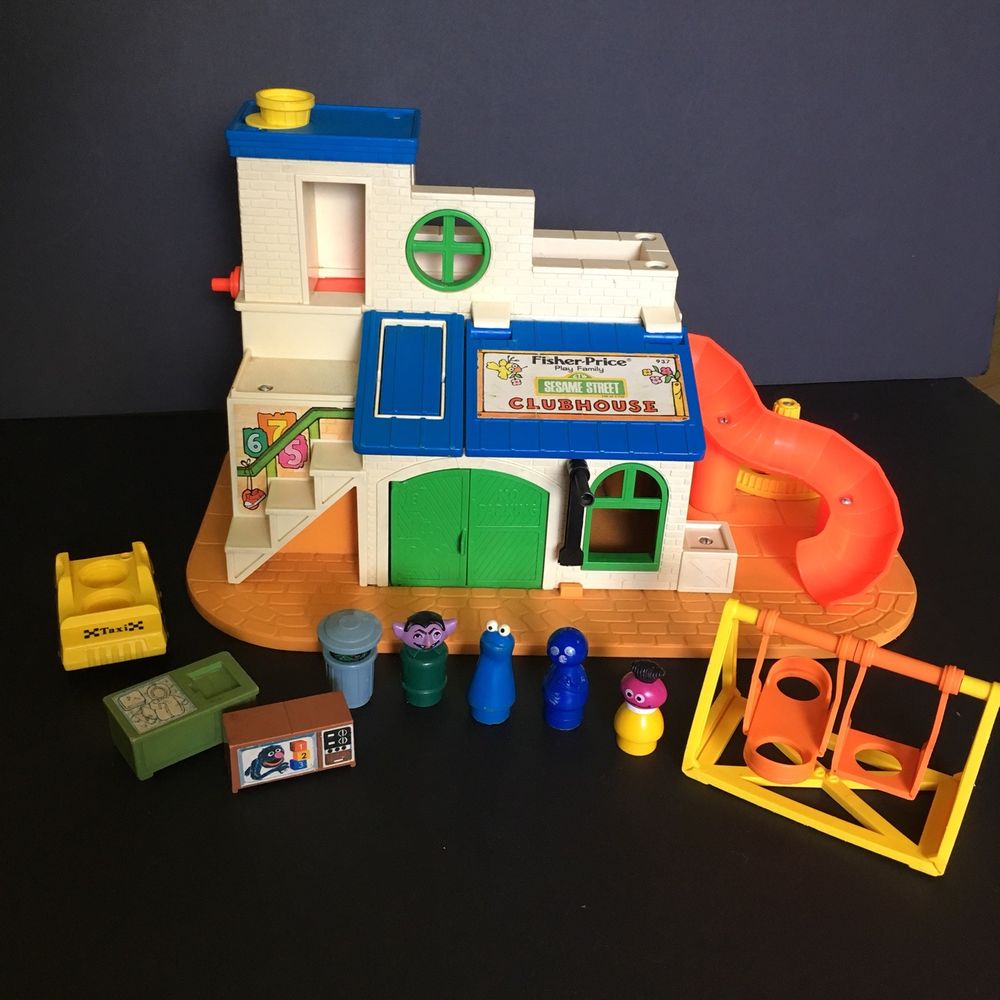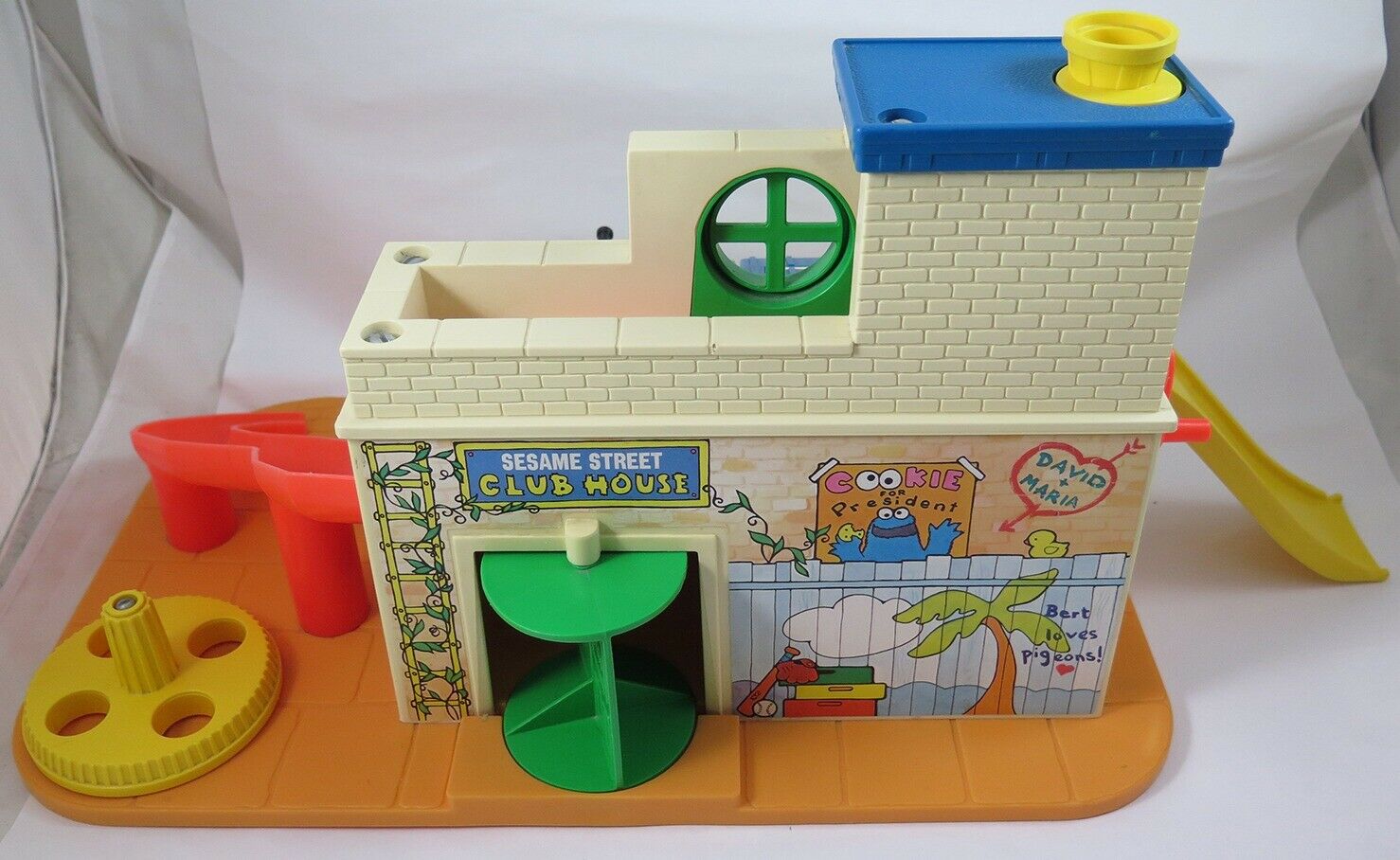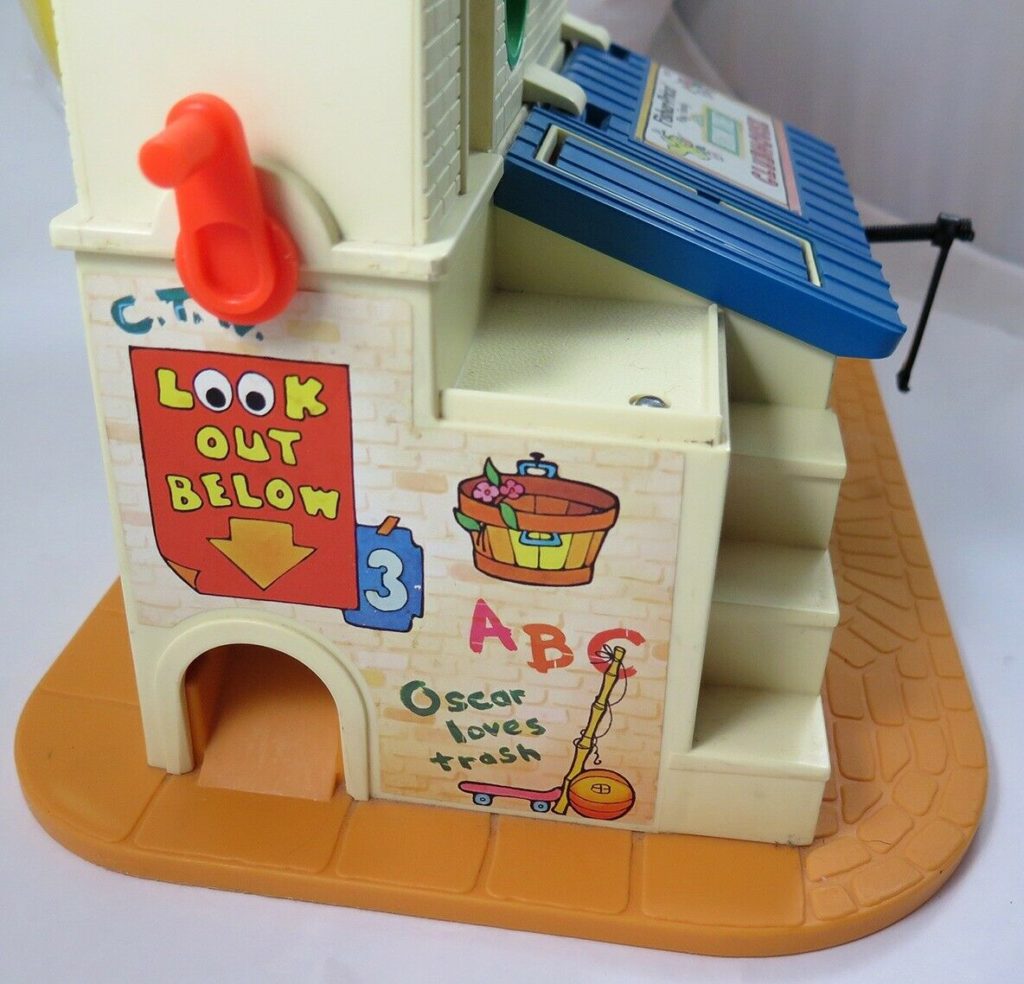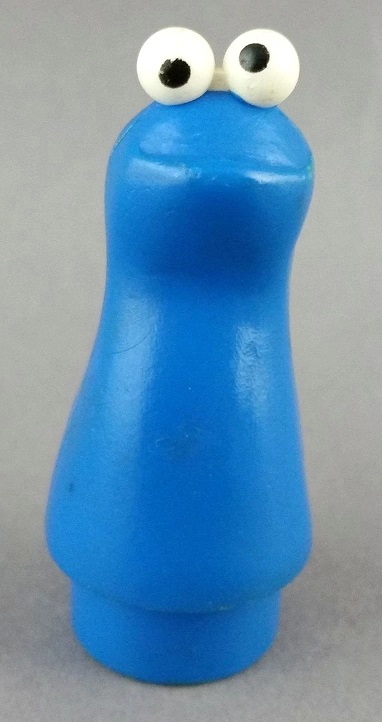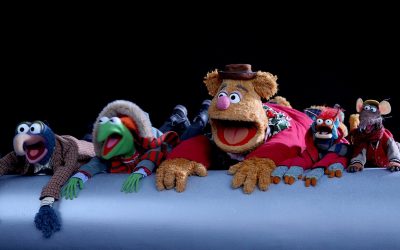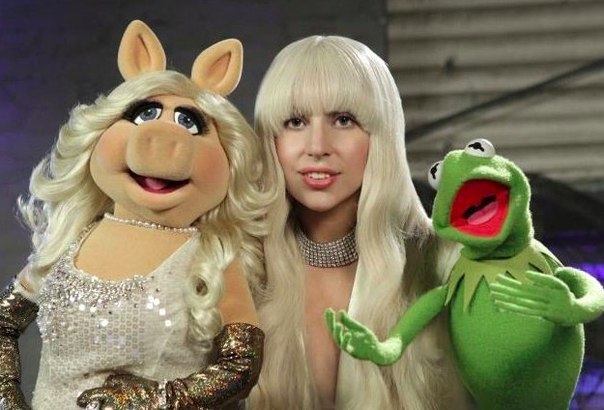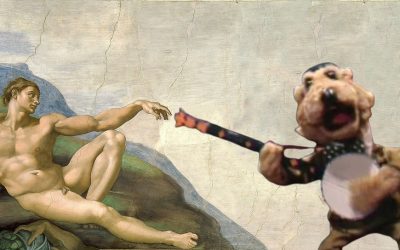I have a lot of Muppet stuff. It’s on my shelves, on my walls, in boxes under the bed and in the closet. I don’t have as much as I used to, because I’ve been successful at parting with some of it to prevent my home from becoming unlivable… but also, I still sometimes buy new Muppet stuff. And yet, there have been those items of Muppet merchandise through the years that caught my eye, that I coveted, but that I never owned.
Among these items: the Fisher Price Sesame Street Clubhouse playset.
By 1977, Fisher Price’s original Sesame Street playset, which recreated the set of the TV show to scale with their Little People toys, had been out for a couple years. It had presumably sold pretty well to all the young fans who wanted to recreate their favorite episodes at home – and those who wanted to act out new Sesame Street adventures, perhaps with guest appearances by some friendly Weebles and a fashionably-dressed giant named Barbie.
But after those few years, most of the kids who wanted the playset would have already had one. And that playset was a pretty thorough representation of the entire set as seen on the TV show, including a detailed 123 Sesame Street and Hooper’s Store. So what did the geniuses at Fisher Price do? They used a lesson they learned from the show and used their imagination!
The clubhouse playset takes its general inspiration from the building in the back of the arbor on the street – you know, the one that used to be a garage, that was Gina’s veterinarian office for a while, and was recently replaced by the community center. It has the garage doors, the window, the stairs, the tire swing… and then things get crazy.
On the side of the building, there’s a bright red crank. The roof has a bucket thing that the Little People figures can stand in, and when you turn the crank, they spin around and around. Turning the crank also causes the floor on the second story of the building to move, so if there’s a figure there, it rolls forward onto a slide that goes down the side. If such a contraption existed on the show, it would be extremely dangerous to all involved. Can you imagine an episode where Herry Monster sits in a bucket way up on the roof and Bob turns a crank on the side of the building to spin him around and around, while Mr. Hooper is propelled uncontrollably in the direction of what looks like a dry water slide? No, that would be ridiculous. Engaging television, certainly, but ridiculous.
Not to mention the revolving door in the back! On the TV show, we never really see behind the garage, but in the alternate reality of this playset, there’s a door that can only be compared to a secret swinging bookcase door from a mystery story. It’s a good thing they made a Little People figure of Sherlock Hemlock. He’ll solve The Case of Who’s in There!
Last but not least, there’s a trap door over the garage, which leads to a chute hidden inside the building, which spits out figures in a hole in the side wall! And this is the most brilliant aspect of the whole thing. It would have been neat if there was a trap door that dropped a figure into the garage. It also would have been neat if there had been a chute for characters to zoom down. But to combine the two, and to make the chute invisible to the naked eye was perhaps Fisher Price’s all-time greatest flash of genius. Although again, it would be quite hazardous in practice. I’m sure kids would be entertained by the sight of Big Bird jumping through a loose board on the roof and down a concealed shaft, but Children’s Television Workshop would have gotten a lot of letters from parents.
I did not exist in 1977, but I encountered this playset a few times at friends’ houses and church nurseries, and I thought it was the coolest thing. I especially loved that trap door chute. It never got old dropping things in there and watching them pop out – Cookie Monster, Bert, Gordon, a small Lincoln Log, a grape, the disembodied head of a G.I. Joe… It was hours of fun. The stickers were intriguing too: “Oscar Loves Trash” was funny, while the heart on the wall inscribed with “David + Maria” teaches kids that it’s acceptable to scrawl graffiti on other people’s property.
I don’t know if there are many other Sesame Street fans who care about, or even know about, this playset, and I assume there weren’t as many of these manufactured as the standard “123 Sesame & Hooper’s” playset. I never owned the clubhouse, but I’ve always thought of it as a highlight of Sesame Street toy history. Periodically, the producers of Sesame Street make changes to the set, and I’m always a little disappointed that they never redo the garage to make it more closely resemble the clubhouse playset. Maybe for the 60th anniversary! If they ever do, I volunteer to come to the studio and be the first to test the chute.
Read more about this playset here and here!
Click here to turn a crank and spin around and around on the Tough Pigs forum!
by Ryan Roe – Ryan@ToughPigs.com

